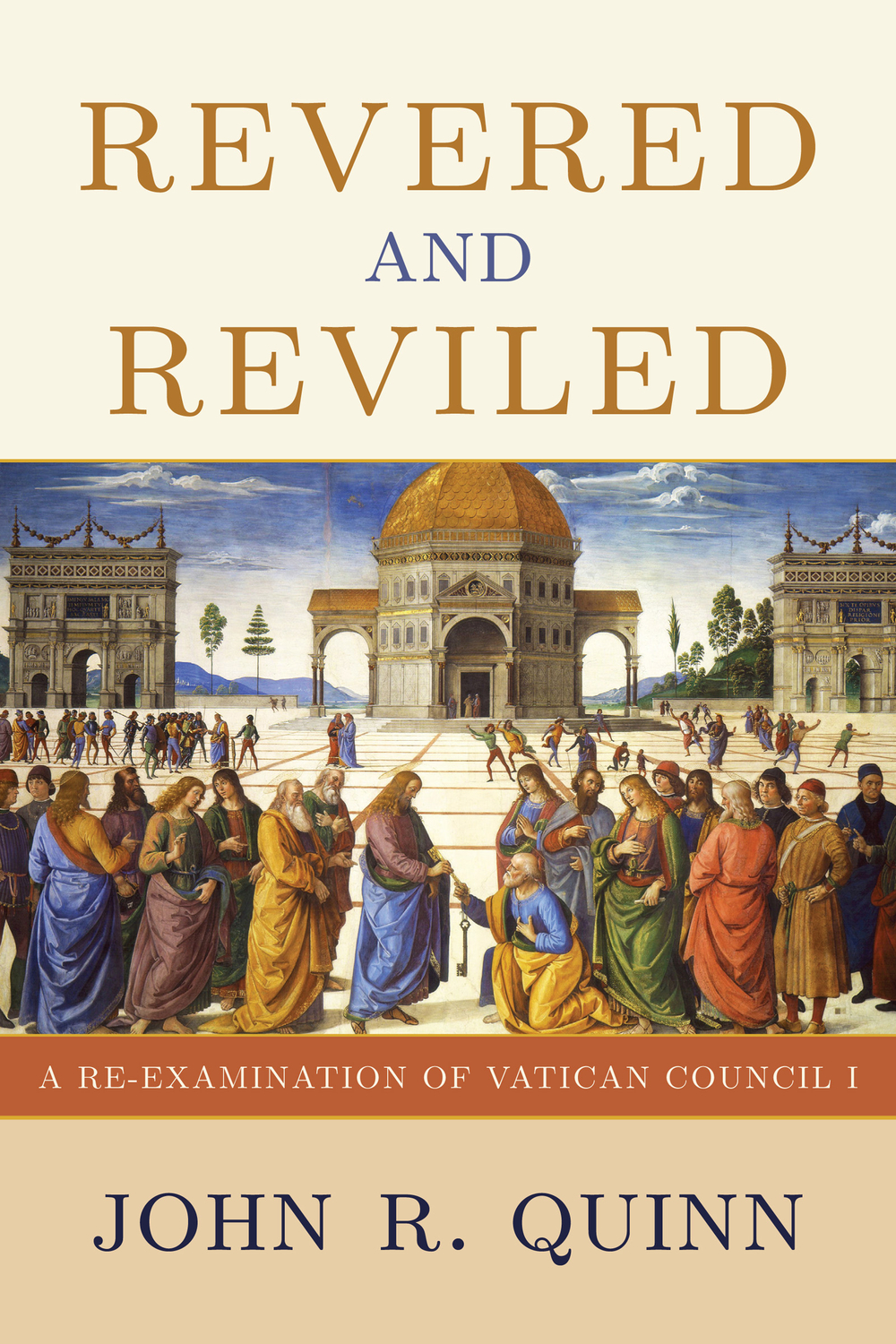- Title: Revered and Reviled
- Subtitle: A Re-Examination of Vatican Council I
- Page Count: 128
- Available Formats: Trade-paper (9780824597047), Epub (9780824523275), Mobipocket (9780824523282), Cloth (9780824523299)
- Trim Size: 6 x 9
- Publication Date: 01/09/2017
- Edition: EPUB
- BISAC 2 : RELIGION / Christianity/Catholic
- BISAC 3: RELIGION / Christianity/History
- Original language: English
- Retail US: Trade-paper (16.95), Epub (48.99), Mobipocket (48.99), Cloth (49.95)
- Retail Canada: Trade-paper (), Epub (65.99), Mobipocket (65.99), Cloth ()
- Retail Canada: 65.99

